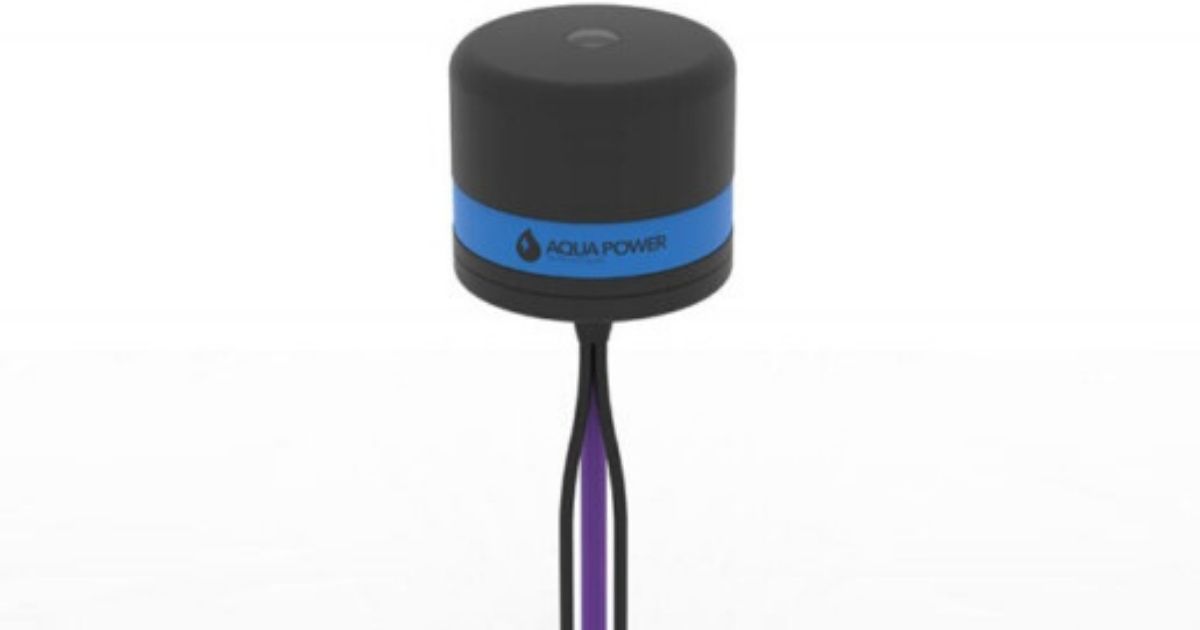The UK and Ireland’s leading supplier of marine aids to navigation, Hydrosphere, has been working with Aqua Power Technologies to bring wave monitoring to the masses.
Although there is nothing new with wave monitoring, wave rider buoys have typically been reserved for those who must have the wave data rather than those who would like to have it. These buoys can cost upwards of £70,000 and traditionally use disposable batteries, which is less than ideal for those trying to take a more sustainable approach.
A more accessible route to consider is the AquaNode — Aqua Power Technologies’ wave sensor solution.
Through this sensor solution, users can view wave data in near real-time, set alerts and create automated messages. The platform provides users with a complete and versatile system for capturing and analysing wave data, enabling anyone working on the water to incorporate the conditions into their everyday risk assessments.
Is it safe to get onto a ship at the normal pilot boarding station? Is it getting too rough to stay on the fish farm? Is it too rough to berth the ferry? What are the historical conditions on an exposed berth?
Behind the technology
The AquaNode itself is a low-cost, accelerometer-based wave sensor. A high-sampling frequency enables accurate wave data measurements, whilst the option for cell and satellite communication ensures the transmission of data in any configuration and in any location.
Wave data captured by the AquaNode includes parameters such as wave height maximum (HMax), wave height average (TAvg), wave height significant (Hs), dominant wave direction (°), wave mean period (Tm), wave peak period (Tp), temperature (°C) and GPS position (DMS). This data is transmitted by either local cell or satellite networks and presented in the HydroData portal — a simple web browser solution that brings in data from multiple sources. Users can modify the criteria to suit their requirements and better understand the conditions in their own environment. For example, a certain wave size from a particular direction may cause issues, so the sensor allows users to identify when those conditions exist.
The AquaNode can be supplied as a complete system inclusive of a high-density polyethylene buoy, mooring line, mooring hardware, mooring block and a hermetic machine-sealed IP68 electronics pod — providing a durable solution to capturing wave data in harsh conditions. However, the sensor can also be retrofitted to existing buoys to create a cost-effective combined solution.
Unlike traditional data loggers and sensors, the self-contained AquaNode sensor solution consumes a fraction of the power, meaning it can be powered by a relatively small solar pack. This means longer service intervals and less waste compared to single-use battery packs, a much more sustainable option for the eco-conscious.
This affordable and repeatable solution generates knowledge and understanding of local conditions, allowing users to make more informed decisions that increase productivity, improve safety and sustainability, and maximise efficiency and offshore time.





